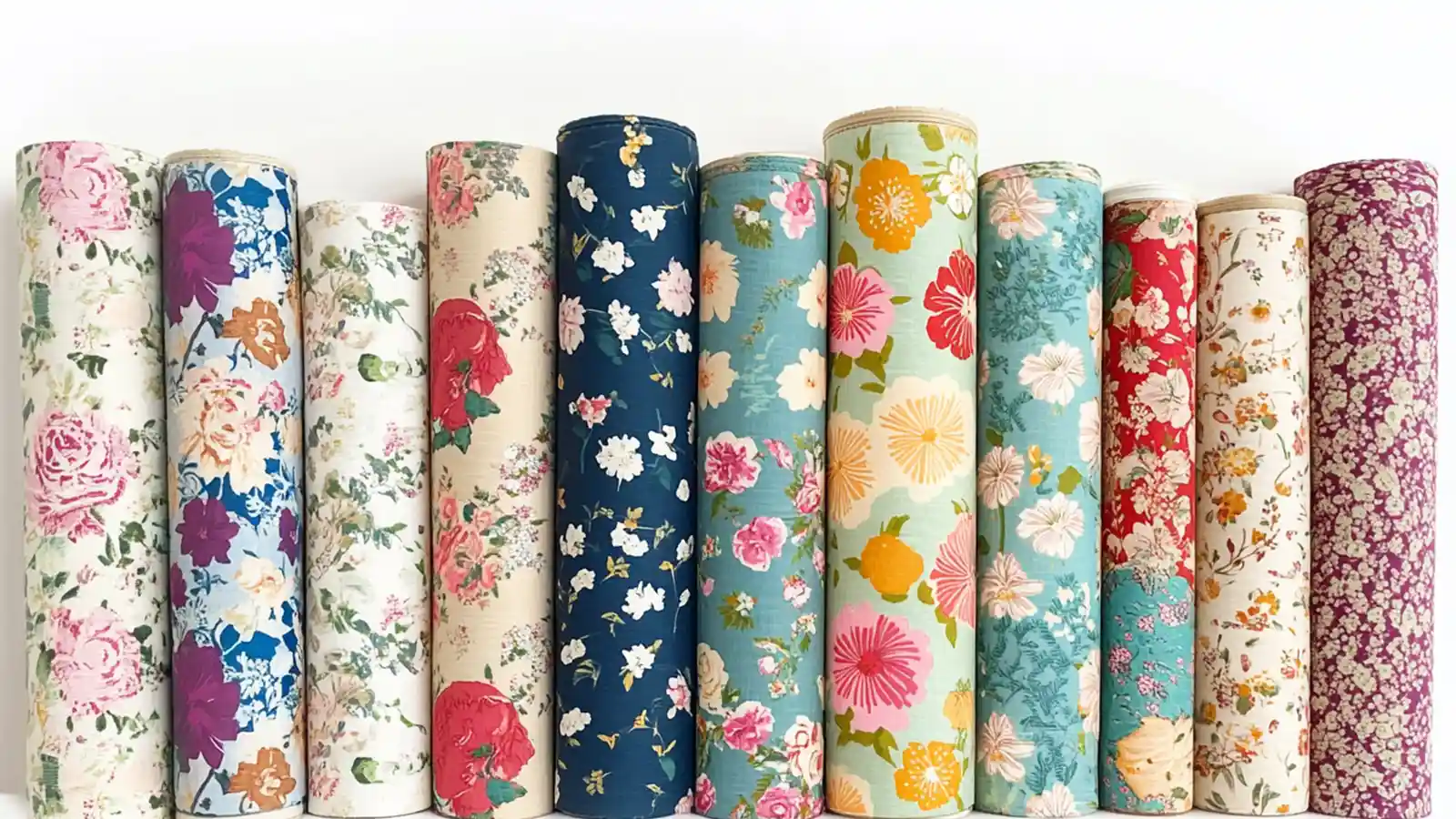Converting kilograms to yards for fabric is not as straightforward as converting between units of measurement. You need to understand the fabric's grams per square meter (GSM) and width to get an accurate result.
Using a specific formula, you can determine the fabric length in meters before converting it to yards. This process ensures you account for the fabric's density and dimensions, which are vital for managing procurement and inventory effectively. But how exactly do you apply this formula, and what are the common pitfalls to avoid? Let's explore further.
Key Takeaways
- Determine the fabric GSM and width to facilitate accurate conversion from kg to yards.
- Use the formula: Fabric length (m) = Fabric weight (kg) x 1000 / (GSM x width).
- Convert the fabric length from meters to yards by multiplying by 1.09361.
- Accurate data collection of GSM and width is essential for precise conversion.
- Use online calculators or conversion tables for quick and accurate results.
Understanding the Units

When converting kg to yards, you need to understand what each unit measures.
Kilograms (kg) measure weight, while yards are a unit of length.
Knowing the relationship between these units is crucial for accurate conversions.
Definition of Kilograms (kg)
Kilograms (kg) are often crucial in various fields because they are a metric unit of mass within the International System of Units (SI).
One kilogram equals 1000 grams. This is essential for measuring fabric weight in the textile industry.
Accurate conversion between kilograms and fabric lengths ensures precise procurement and inventory management, making kilograms indispensable for textile applications, especially when dealing with knit fabric.
Definition of Yards
A yard is a unit of length in both the imperial and US customary systems. It's equivalent to 3 feet or 36 inches. It's about 0.9144 meters in the metric system.
Yards are vital for measuring fabric length, making conversions and accurate measurements essential.
Understanding this unit ensures precise fabric length measurement, whether you're calculating yards from kgs for textiles or other materials.
Why Can't You Directly Convert Kg to Yards?
Converting kilograms to yards isn't straightforward because you're dealing with two fundamentally different units: weight and length.
To convert kg to fabric length, you need the fabric's GSM and width. First, the fabric's weight in kg must be converted to grams.
Variations in fabric density and construction mean the same weight can correspond to different lengths, depending on specific fabric properties.
How to Convert Kg to Yards: Practical Examples

Imagine you have 12 kg of fabric and need to determine how many yards it equals.
First, gather the necessary information: the GSM (grams per square meter) and the fabric width.
Then, follow the conversion steps to calculate the fabric length in meters. Finally, convert that length to yards.
Required Information
To convert fabric kg from yards accurately, you'll need some key information about the fabric.
First, know the fabric weight in kilograms and its width in inches.
Obtain the fabric's grams per square meter (GSM).
With these details, apply the conversion formula to determine the fabric length in yards.
Conversion Steps
When converting kilograms of fabric to yards, you'll need to follow a straightforward process to ensure accuracy.
First, determine the fabric's GSM and fabric width. Use the formula: fabric length (m) = fabric weight (Kg) x 1000 / (GSM x width).
Convert the fabric length to yards using 1 m = 1.09361 yds.
For example, 12 Kg of fabric with a GSM of 360 and a width of 147 cm equals about 24.80 yards.
Tools and Resources
Many online conversion calculators simplify converting kilo grams to cubic yards, especially when working with fabric.
Entering the fabric weight, width, and GSM quickly converts kg to yards. Websites like ConvertUnits.com offer user-friendly tools for converting fabric weight from kg to fabric in yards.
Fabric merchants can rely on these calculators for quick estimates without needing a conversion table or complex calculations. The calculators provide instant results, making them essential tools for fabric merchants.
Beyond online calculators, conversion tables and charts streamline calculations by providing quick references for converting fabric weight in Kg to yards. You can keep a printed or digital chart handy for seamless fabric management.
Conclusion
By now, you understand that converting kilograms to yards for fabric isn't straightforward. You need to consider the GSM and fabric width to calculate the length in meters and then convert it to yards.
Using the right formula ensures you get accurate measurements, which is crucial for your fabric procurement and inventory management.
With this knowledge, you'll confidently handle your fabric needs and avoid any costly mistakes. Happy measuring!
Learn more fabric knowledge on the Longan Craft Blog, and dive into the fabric world with Longancraft!
FAQs
How Do You Convert Kilos to Yards?
To convert kilos to yards for fabric, use the fabric's weight, width, and GSM. Calculate the fabric length in meters, then convert to yards. An online calculator can simplify this process by automating the calculations.
How to Calculate Fabric Yard to Kg?
To calculate fabric yards to kilograms, multiply the fabric length (yards) by the width (inches) and GSM. Then, divide by 1550 and 1000. Always double-check your figures for accuracy to ensure precise inventory management.
How Do You Convert Fabric to Yards?
To convert fabric to yards, first measure its weight in kilograms, GSM, and width. Use the formula to find the length in meters, then convert to yards by multiplying by 1.09361. Always double-check your measurements and calculations.


0 comments